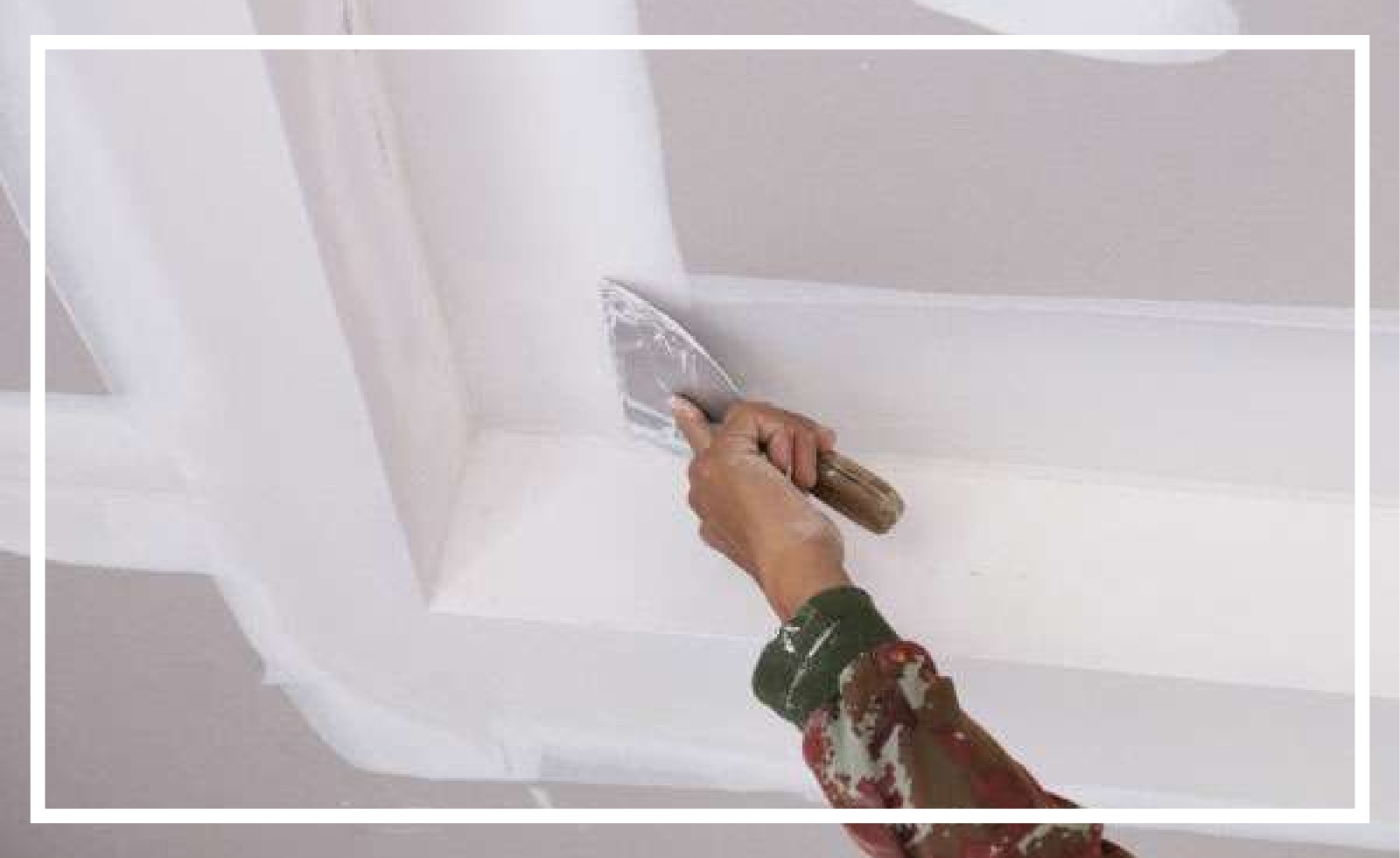 June 28, 2022
June 28, 2022
An expansion joint or movement joint is an assembly designed to safely absorb the temperature-induced expansion and contraction of construction materials, absorb vibration, hold parts together, or allow movement due to ground settlement or earthquakes. They are commonly found between sections of buildings, bridges, sidewalks, railway tracks, piping systems, ships, and other structures. Building faces, concrete slabs, and pipelines expand and contract due to warming and cooling from seasonal variation, or due to other heat sources. Before expansion joint gaps were built into these structures, they would crack under the stress induced.
Bridge expansion joints are designed to allow for continuous traffic between structures while accommodating movement, shrinkage, and temperature variations on reinforced and prestressed concrete, composite, and steel structures. They stop the bridge from bending out of place in extreme conditions and also allow enough vertical movement to permit bearing replacement without the need to dismantle the bridge expansion joint. There are various types, which can accommodate movement from 30 to 1,000 millimeters (1.2 to 39.4 in). They include joints for small movement (EMSEAL BEJS, XJS, JEP, WR, WOSd, and Granor AC-AR), medium movement (ETIC EJ, Wd), and large movement (WP, ETIC EJF/Granor SFEJ).
Modular expansion joints are used when the movements of a bridge exceed the capacity of a single gap joint or a finger type joint. A watertight system, invented by the Swiss company Mageba, is designed on a modular basis and can be tailored to satisfy the specific requirements of almost any structure. Modular multiple-gap expansion joints can accommodate movements in every direction and rotations about every axis. They can be used for longitudinal movements of as little as 160 mm, or for very large movements of well over 3000 mm. The total movement of the bridge deck is divided among a number of individual gaps which are created by horizontal surface beams. The individual gaps are sealed by watertight elastomeric profiles, and surface beam movements are regulated by an elastic control system. The drainage of the joint is via the drainage system of the bridge deck. Certain joints feature so-called “sinus plates” on their surface, which reduce noise from over-passing traffic by up to 80%
Control joints, or contraction joints, are sometimes confused with expansion joints but are completely different in purpose and function. Control joints are cut into the pavement at regular intervals to control cracking. Concrete and asphalt have relatively weak tensile strength, and typically form cracks as they age, shrink, and are exposed to environmental stresses (including stresses of thermal expansion and contraction). Without the control joint, cracking can occur in a random fashion and compromise the surface of the structure. This is primarily an aesthetic issue. Control joints attenuate the cracking in a more controlled fashion. The cracks will tend to form along the cut planes that make up the control joints. This even, regular cracking, which is also hidden in the crevice of the joint, has a better appearance than random hairline cracks.
Thus, expansion joints reduce cracks, including in the overall structure, while control joints manage cracks, primarily along the visual surface.
If a railway track runs over a bridge which has expansion joints that move more than a few millimeters, the track must be able to compensate this longer expansion or contraction. On the other hand, the track must always provide a continuous surface for the wheels traveling over it. These conflicting targets are served by special expansion joints, where two rails glide along each other at a very acute angle during expansion or contraction. They are typically seen near one or both ends of large steel bridges. Such an expansion joint looks somewhat like the tongue of a railroad switch, but it has a completely different purpose and operation.
Other types of expansion joints can include fabric expansion joint, metal expansion joint, toroidal expansion joint, gimbal expansion joint, universal expansion joint, in-line expansion joint, refractorily lined expansion joint, and more.
Copper expansion joints are excellent materials designed for the movement of building components due to temperature, loads, and settlement. Copper is easy to form and lasts a long time. Details regarding roof conditions, roof edges, floors, are available.

Nandan Pradhan, a management degree holder and the Executive Director of MCON Rasayan, is the driving force behind the smooth operation of the organisation. His years of experience in planning, strategising, execution, team training, and ensuring productivity across all areas of company operations have made MCON Rasayan a global leader in the construction chemical manufacturing sector.




